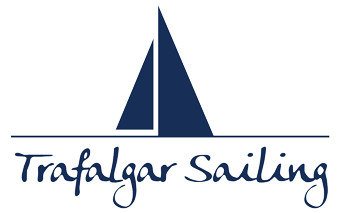The bay of Gibraltar is a heaven for beginners – but the Strait is another matter.
“Gibraltar’s main international attraction is a staging post for yachts in passage to the Caribbean or Mediterranean” said Pete O’Hanlon. It’s a good place for stocking up with provisions and getting repairs done. It’s well stocked for the size of the place – far better than the Costa del Sol marinas. The staff in the main chandlery, Sheppards are knowledgeable and experienced, and the fast that everyone speaks English is also an asset, English being such an International language”.
Pete has been sailing for 50 years, since he first took command of a yacht on the Southport Marine Lake in the northwest of England – at the age of 6. With a sailor father to encourage him, he grew up refining his skills on the family holidays on the Norfolk Broads.
As a qualified Yachtmaster/Instructor with 20 years’ experience in the area including a long association with Trafalgar Sailing school, Peter seemed like an ideal person to talk to about the waters around the Rock.
He told me the bay itself is an ideal tuition location. It’s a useful expanse of deep sheltered water, huddled between the mass of the Rock and the Spanish mountains. In the middle it reaches depths of up to 341 metres, with the 5 meter line running close up to the edges so there is little risk of running aground. It is also sheltered from the weather – especially the east and west wind (known locally as the “Levante”) or the Mediterranean side when wind is Westerly.
I learnt that the bay is also blessed with a lot of features that are useful for teaching navigation: “There are buoys, chimneys, harbour walls, radar scanners and lights for example” sail Pete, ” and the varying depths make it a useful place for line – sounding exercises”.
But venturing out into the Strait is a different thing altogether – you really do need to know what you’re doing . “It’s tidal, and has fickle currents – especially troublesome if you’re going straight across to Ceuta or Morocco on the nearby African continent”, said Pete. “There are several currents: there’s one on the surface flowing west – east and dependent on the windspeed and direction for it’s intensity; there is also another fast cold current that flows at up to 4 knots from the Mediterranean into the Atlantic at a depth of about 190 metres. The Phoenicians knew about this current and made use of by lowering an underwater sail to pull them along”. He’s also heard that it was used by submarines in World War II, its coldness acting as a barrier against sonar.
The main flow, though is from the Atlantic into the Mediterranean; a slightly higher atmospheric pressure over the ocean is enough to force water powerfully through the Strait in an Easterly direction. “You can imagine the effect of just a few millimetres difference when multiplied by the area of the Atlantic,” Pete pointed out.
There are other complications: the edges of the Strait, for instance, can be different due to unpredictable eddies, so navigating through or across the historic channel is quite a skilled job. “But the main hazard is the shipping”, he told me, “it makes for good sail training, learning to avoid the oil tankers and container ships that go at up to 25 knots – and aren’t much inclined to slow down for anything, not even fog.”
The frequent fogs can also cause sailors attempting to cross the Strait unknowingly pushed eastwards into the Mediterranean, causing hours of delay. “Along the Med. coast, if it is foggy you can follow the sounding lines, but in the Strait not at all.” Pete emphasised, adding that the wind has additional characteristics in the area: “the strong Levante accelerates in the narrowest parts, and, aided by katabatic vertical winds from it’s mass, the Rock causes very turbulent squally conditions to its lee. In a westerly, Europa point can be very rough, as can Punta Almina on the Moroccan side”.
If you’re passing through as a part of a long voyage or cruise, short trips from Gibraltar include: Estepona on the Costa del Sol, or across to Ceuta and back are both one day trips whilst Marina Smir in northern Morocco ins a 2 day round trip. If the weather is right Tarifa can be reached in a day but has less facilities, and Barbate, at the end of the Strait 5 miles before Cape Trafalgar is attainable, but high winds can make the return journey long and arduous – you need to pick up the weather carefully for all along the Strait trips.
So plenty to do and see, but before parting Pete stressed once again: “don’t venture into the Strait of Gibraltar unless you have an experienced skipper onboard. If you’re a beginner, stay in the Bay it is big, beautiful, interesting and safe”.



